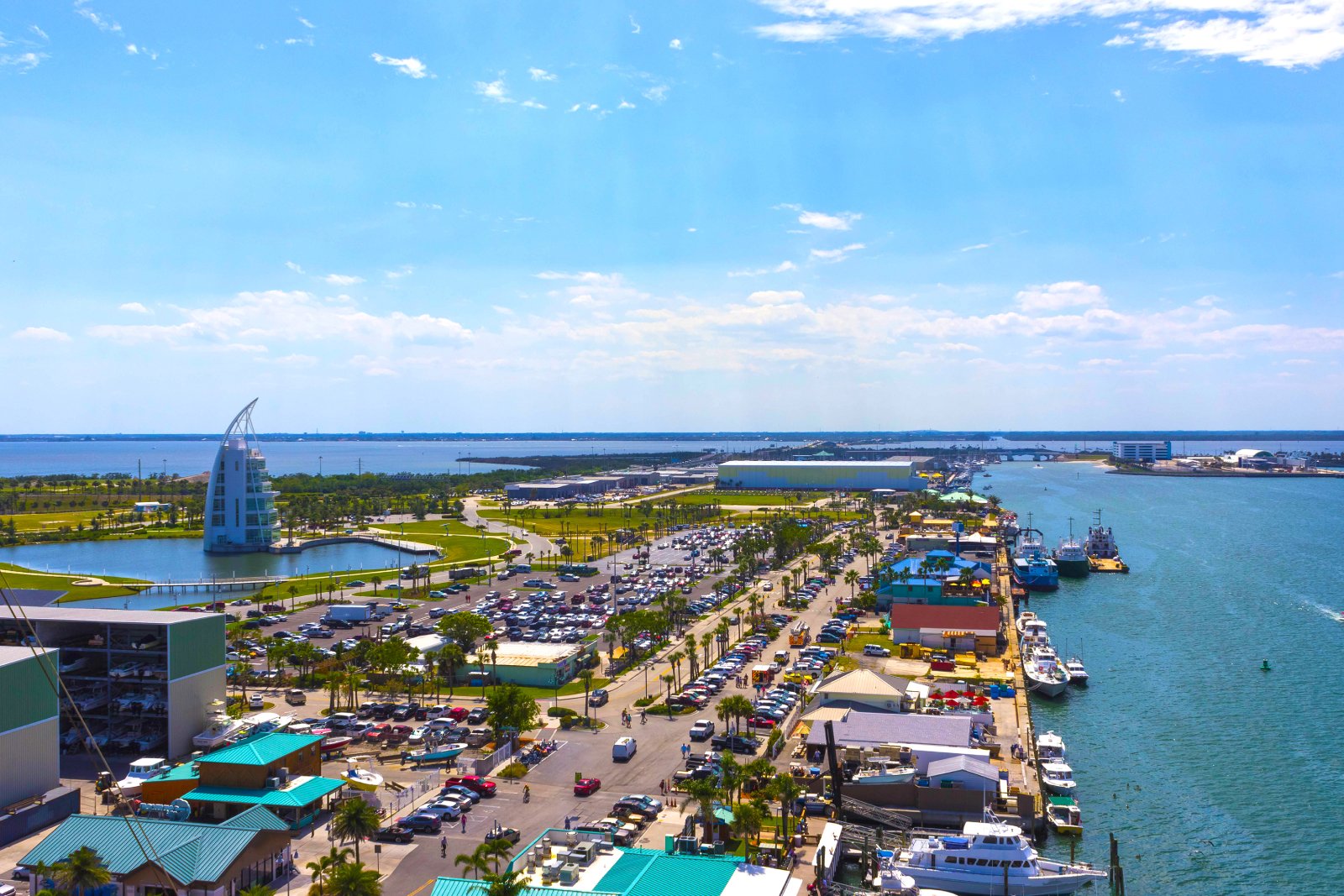Climate change is here, and some states are shockingly unprepared. Are you living in one of these states of denial?
1. Florida: Paradise Under Siege

Image Credit: Shutterstock / Solarisys
Florida faces catastrophic risks from rising sea levels, with 3 million people projected to be affected by 2050. Miami is already experiencing regular flooding, and adaptation costs are estimated to reach $4 billion by 2030.
2. Louisiana: Sinking Faster Than the Rest

Image Credit: Shutterstock / Kevin Ruck
Louisiana loses an average of a football field of land every hour to the Gulf of Mexico. New Orleans remains vulnerable to hurricanes, with adaptation efforts lagging significantly behind the growing threats.
3. Texas: Heatwave Capital

Image Credit: Shutterstock / Barbara Smyers
Texas is experiencing increasingly severe heatwaves, with 100+ degree days becoming more frequent. The 2021 winter storm highlighted the state’s unpreparedness for extreme weather, yet little has been done to prevent future grid failures
4. Mississippi: A Flood of Problems

Image Credit: Shutterstock / CK Foto
Mississippi is one of the least prepared states for climate-induced inland flooding. The state’s aging infrastructure and poor flood management put residents at high risk, with frequent water crises already occurring in Jackson.
5. Alabama: Fire and Rain

Image Credit: Shutterstock / LMspencer
Alabama is facing a dual threat from both droughts and increased rainfall leading to flooding. The state’s preparedness is inadequate, leaving it highly vulnerable to wildfires and water management crises.
6. Georgia: Too Hot to Handle

Image Credit: Shutterstock / Sean Pavone
Atlanta is becoming a heat island, with temperatures rising faster than surrounding areas. This has made summers increasingly unbearable, with the city’s infrastructure struggling to cope with the heat.
7. North Carolina: Coastal Calamity

Image Credit: Shutterstock / LindaZ74
North Carolina’s Outer Banks are disappearing due to rising sea levels and stronger storms. The state’s efforts to build resilience are insufficient to protect these iconic coastal areas.
8. South Carolina: In Danger

Image Credit: Shutterstock / f11photo
South Carolina has seen a rise in wildfires, yet its preparedness is lacking. The state’s forests and parks, popular with tourists, are at increasing risk of fire damage, putting visitors in danger.
9. California: Too Little, Too Late

Image Credit: Shutterstock / Jacob Boomsma
California’s wildfire season is now almost year-round, driven by extreme drought and heat. The state’s iconic Pacific Coast Highway is eroding, with parts already falling into the ocean. Despite some efforts, California struggles to keep pace with the accelerating climate crisis.
10. Nevada: Water Woes

Image Credit: Shutterstock / Lucky-photographer
Lake Mead, Nevada’s critical water source, is at its lowest levels since the 1930s. Las Vegas faces potential water shortages, threatening both residents and the tourism industry that relies heavily on the city’s iconic water features.
What This Means for U.S. Travelers

Image Credit: Shutterstock / M Julian Photography
These states offer a front-row seat to the impacts of climate change, but the risks are real. Expect extreme weather, unpredictable conditions, and infrastructure that may not be up to the task. Travel with caution and awareness of the changing landscapes.
Featured Image Credit: Shutterstock / Bilanol.
The images used are for illustrative purposes only and may not represent the actual people or places mentioned in the article.
For transparency, this content was partly developed with AI assistance and carefully curated by an experienced editor to be informative and ensure accuracy.


